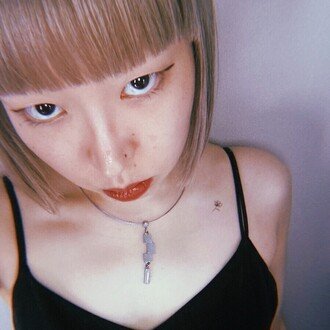
Dig Japan vol.28 “Kurikinton (栗きんとん)”
Dig Japan is a series in which I research and introduce in English topics related to traditional Japanese culture that interest me. In this article, I will introduce kurikinton.
Kurikinton is wagashi made by kneading boiled chestnuts with sugar and squeezing them with a tea cloth. In Kyoto, a similar sweet is called “kuri chakin.” It is different from the kurikinton found in osechi cuisine. Since it was developed in Nakatsugawa City, Gifu Prefecture in the late Edo period, it has been recognized as a local brand “Nakatsugawa Kurikinton” and is a specialty of Nakatsugawa City.

Kurikinton is made simply with just chestnuts and sugar. To make it, steam the chestnuts, remove the insides, add sugar, knead well in a pan, wrap in a tea towel and squeeze into the shape of a chestnut. Many Japanese confectionery stores that sell kurikinton make and sell it from September 1st to around January of the following year, which is the harvest season for domestic chestnuts.
When you hear kurikinton, you might think of the kurikinton served in osechi cuisine, but although both use chestnuts, they are different dishes that are made differently and look different. The kurikinton served in osechi cuisine is made by mixing candied chestnuts with sweet potato paste, but the kurikinton served in wagashi is not.
The history of chestnuts in Japan is very old, and in the Nihon Shoki, written in the Nara period (720), it is recorded that the emperor encouraged the cultivation of chestnuts. At that time, chestnuts were only boiled or roasted, and were not used as sweets. Later, a method was developed to boil chestnuts and squeeze them into tea towels, and the prototype of modern kurikinton was born.

There is a famous theory that kurikinton originated in the mid-Edo period when it was served to travelers at Nakatsugawa-shuku. Today, Nakatsugawa City is known as the birthplace, as can be seen by the stone monument in front of Nakatsugawa Station.
Nakatsugawa is one of Japan's leading chestnut producing areas, and many confectioners began making kurikinton, taking advantage of this strength. There are about 30 stores selling kurikinton in Nakatsugawa City and Ena City, but two long-established confectionery stores, “Suya,” founded in 1802 and said to be the original, and “Kawakamiya,” founded in 1864, are particularly famous.
On the other hand, there is also a theory that the third generation of “Midoriya Roho,” which was founded in 1872 in Yaotsu Town, Kamo District, commercialized it during the Taisho era, and when his daughter married into Yaotsu Town, it was passed on to Nakatsugawa City. There are four Japanese confectionery stores in Yaotsu Town, including Midoriya Roho.
This article was written by 𝐡𝐢𝐫𝐨𝐤𝐨, working as a freelance translator and PR for overseas apparel brands in Japan, with the aim of broadening her own knowledge of traditional Japanese culture and spreading it to the world.
いいなと思ったら応援しよう!

